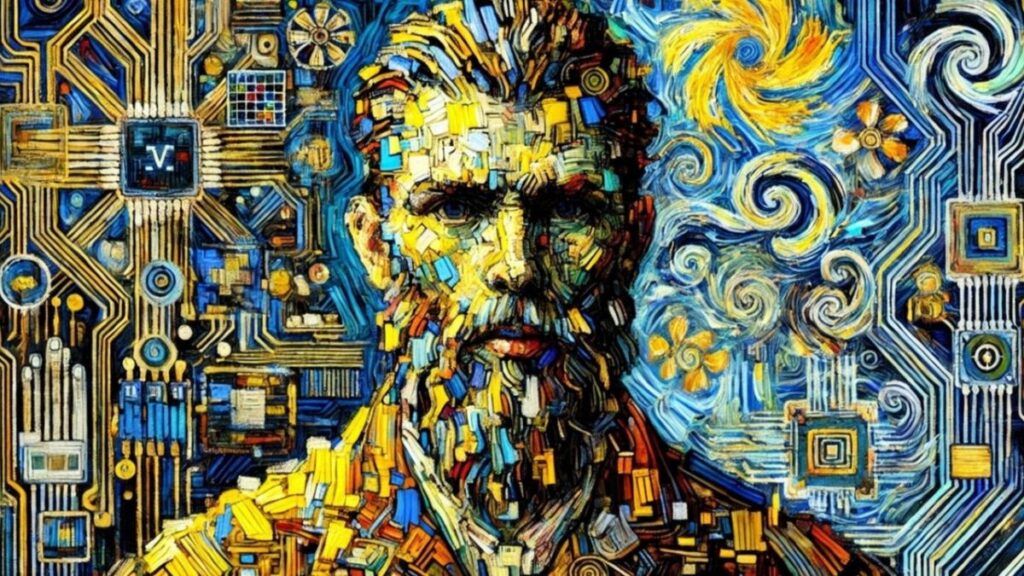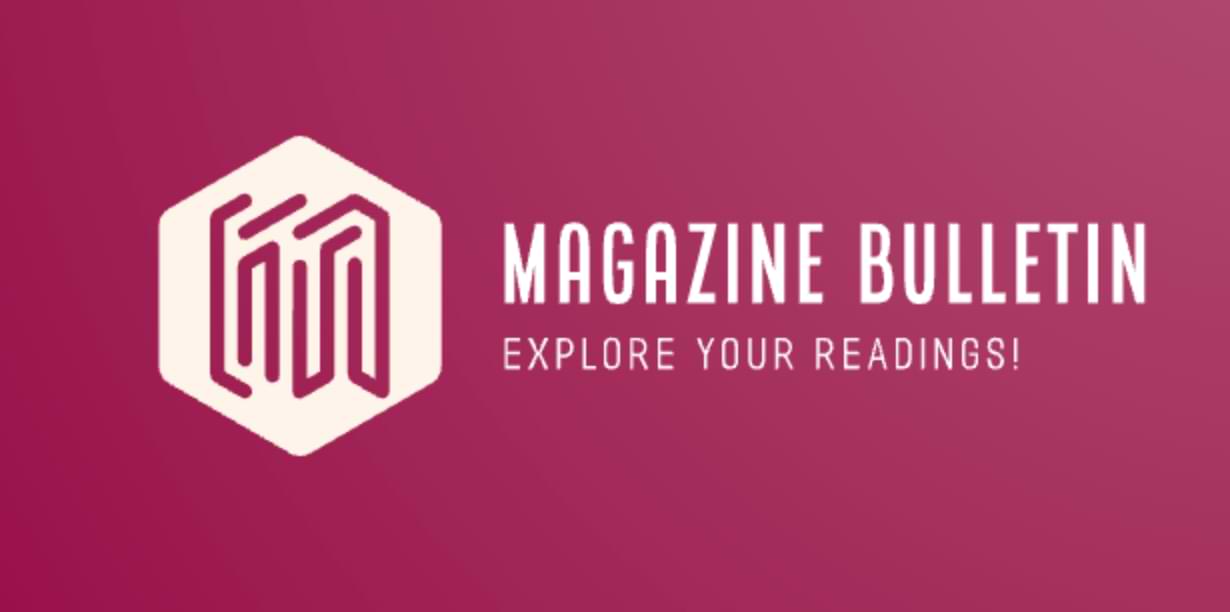In an age where digital identity is currency and influence is traded like stock, a new term is stealthily weaving its way through the web: eporer. It’s sleek, enigmatic, and brimming with potential—both as a concept and as a keyword. But what exactly is eporer? A brand? A platform? A philosophy? A revolution?
Over the course of this longform investigation, SPARKLE dissects the anatomy of eporer, revealing a digital evolution that sits at the crossroads of technology, identity, and power.
I. The Rise of Eporer: A Word, A World, A Movement
Let’s get one thing straight—eporer is not your average tech buzzword. It hasn’t yet saturated the mainstream lexicon, but that’s part of its intrigue. Whispered in corners of forums, hashtagged in cryptic tweets, and embedded in niche tech manifestos, eporer represents a new archetype: the digital sovereign.
An eporer is someone (or something) that exists beyond the algorithms, beyond the platform economies. It is both a noun and a verb—both a title and an action.
Think of it as the spiritual cousin to “influencer,” but with the shallow marketing sheen stripped away. The eporer doesn’t sell—they shape. They don’t follow—they forge.
Defining “Eporer”
The etymology of eporer is elusive, speculative even. Linguists speculate that it’s a portmanteau:
-
“E” could represent electronic, empowered, or elevated.
-
“porer” could stem from explorer or purveyor.
Combined, eporer might mean “electronic purveyor of influence” or “empowered digital explorer.” It’s a flexible term, an identity that’s still under construction.
And that’s exactly the point.
II. Eporer vs. Influencer: A Tale of Two Worlds
To understand what an eporer is, you first have to understand what it isn’t.
The influencer economy has reached saturation. Every scroll feeds you a curated identity—a model sipping collagen lattes, a crypto bro screaming about gains, a TikTok dance replicated a million times. Authenticity has become performance. Influence is bought, sold, and gamed.
But eporer culture bucks that system. Where influencers monetize attention, eporers mobilize awareness. Their content doesn’t beg for likes; it incites thought. While influencers collaborate with brands, eporers are the brand. They don’t optimize for engagement; they optimize for impact.
In this emerging landscape, the eporer is less about vanity metrics and more about cultural gravity.
III. The Eporer Archetypes
To further illustrate the eporer ethos, let’s map the four key archetypes of this new digital identity:
1. The Meta-Curator
This eporer doesn’t create content—they contextualize it. Think of someone who curates deep dives on digital philosophy, shares overlooked voices, or rewires how you understand the internet itself. They are the ones behind the substack newsletters that hit harder than headlines.
2. The Vision Architect
These are the developers, coders, and digital artists building the next internet. They’re knee-deep in decentralized platforms, experimenting with blockchain, Web3, and open-source utopias. A vision architect eporer speaks through code—and the world listens.
3. The Post-Influencer Iconoclast
Burned out by the influencer grind, these eporers rise from the ashes of virality to cultivate deeper, slower, richer engagement. They produce content that’s not just seen but felt. Their brand? Radical truth.
4. The Digital Ethnographer
This type studies the internet like an anthropologist. They document meme lifecycles, online subcultures, and platform psychologies. Their voice is critical, sharp, and surprisingly poetic. They don’t want followers; they want dialogue.
IV. The Platformless Power of Eporer
A key trait of the eporer is their platform agnosticism. While influencers thrive on algorithms—Instagram, TikTok, YouTube—the eporer transcends them. Their presence is not tied to one channel; it’s an aura that bleeds across media.
They might run a Telegram group, moderate a Discord, publish zines, and record lo-fi podcasts. Their power is dispersed but intentional.
This creates an anti-fragile identity—one that grows stronger with disruption. Shadow-banned on Instagram? No problem. Platform dies? They pivot. Their loyalty is not to the medium, but to the message.
And in the ever-shifting tides of tech, this makes the eporer uniquely resilient.
V. Algorithms Can’t Predict Eporers
Influencers are predictable. The algorithm feeds them based on trends, engagement loops, and viral metrics. Eporers break that system. They post at odd hours. They use long captions when short ones perform better. They publish manifestos in a world addicted to reels.
This unpredictability is not a flaw—it’s the feature.
An eporer is someone the algorithm can’t pin down. They are statistical anomalies in the system. Their value is not in mass, but in depth. A single post might not get 10,000 likes, but it might change someone’s worldview.
And that? That’s power.
VI. The Economic Reality of Being an Eporer
Let’s not sugarcoat it: eporers often operate in gray zones economically. Unlike influencers, who monetize through brand deals, affiliate links, and merch, eporers must forge their own monetization paths.
Some strategies include:
-
Micropatronage: Platforms like Ko-fi, Patreon, and Buy Me a Coffee allow fans to support directly.
-
NFTs & Web3: Selling digital art or gated content through blockchain-based models.
-
Knowledge Commerce: E-books, courses, or private forums.
-
Collective Funding: Participating in DAOs (Decentralized Autonomous Organizations) or crowdfunded initiatives.
Eporers aren’t rich, but they’re not broke either. They survive on a different kind of currency: trust, respect, and resonance. And when that’s strong, the money follows.
VII. The Dark Side: Can Eporers Be Co-Opted?
As with all cultural movements, the question is inevitable: Can the eporer be commodified?
Absolutely.
We’re already seeing attempts to rebrand “eporer” into a marketing aesthetic—think high-gloss visuals, buzzword-laden landing pages, and AI-generated thought leadership. Silicon Valley loves to chew up authenticity and spit it out as trend-chic.
But here’s the difference: true eporers resist dilution. They evolve faster than they can be packaged. The moment a platform tries to pin them down, they reinvent. This shape-shifting quality is baked into the DNA of the eporer.
VIII. Building an Eporer Mindset
Becoming an eporer isn’t about a follower count or a blue check. It’s a mindset—a new model for how to exist online.
Here’s how to start thinking like an eporer:
-
Reject Algorithmic Approval: Create for depth, not virality.
-
Stay Platform Fluid: Your audience should follow your voice, not your username.
-
Cultivate High-Signal Relationships: Forget mass appeal—seek meaningful connection.
-
Invest in Self-Education: Read widely. Experiment. Reflect. Think like an ethnographer.
-
Build Your Own Tools: Whether it’s a blog, an app, or a community, own your infrastructure.
IX. The Future of Eporer: What’s Next?
As the digital world becomes more fragmented, noisy, and surveilled, the eporer may emerge not just as a trend—but as a necessity. In a future defined by AI-generated sludge, synthetic influencers, and monetized identity, eporers offer a different proposition: clarity, sovereignty, and soul.
They won’t win awards. They may not go viral. But they’ll move culture from the underground up.
And if history is any guide, that’s where all real revolutions begin.
Final Thoughts: Why the World Needs Eporers
The era of digital spectacle is burning out. What rises next will be stranger, deeper, and more human than we expect.
In that world, the eporer is not a luxury—it’s a survival mechanism. Someone who can cut through noise with signal. Someone who can build trust in a time of manipulation. Someone who can imagine new futures—and bring others along for the ride.
So, whether you become one, follow one, or support one, remember: the eporer isn’t just a trend.
It’s a signal.
And it’s calling you.







